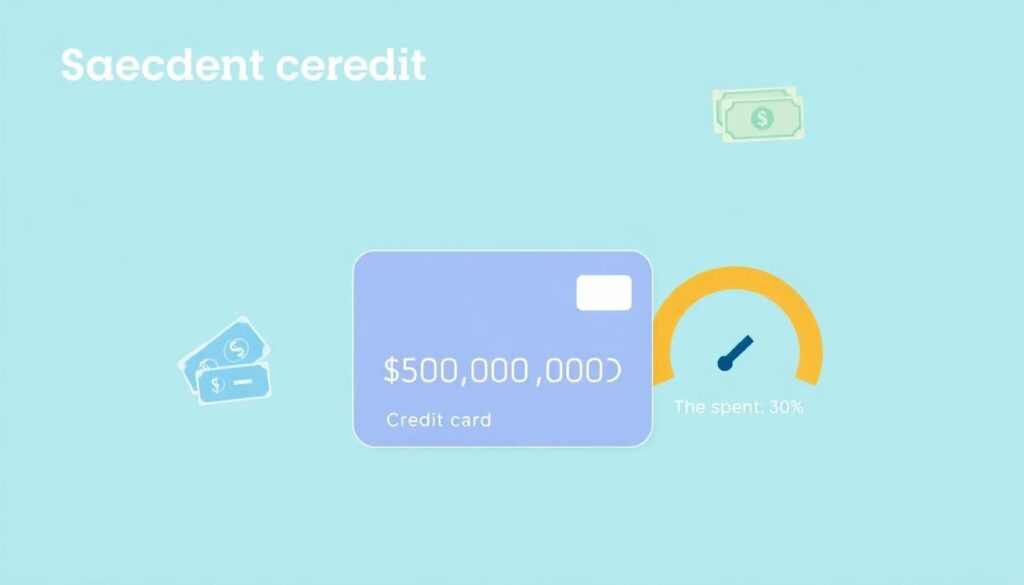What Is Credit Utilization and Why Should You Care?

Credit utilization is one of those financial terms that sounds more complicated than it really is. Simply put, it refers to how much of your available credit you’re using at any given time. For example, if you have a credit card with a $10,000 limit and you’ve spent $3,000 on it, your credit utilization rate is 30%.
Why does it matter? Because credit utilization makes up about 30% of your credit score calculation, according to FICO. That’s nearly a third of what lenders look at when deciding whether to approve you for a mortgage, car loan, or even a new credit card. Keeping your utilization low signals to lenders that you manage your credit responsibly.
How Credit Utilization Impacts Your Credit Score
Think of your credit utilization like your financial breathing room. The more of your credit limit you use, the more it looks like you’re stretched thin. That can be a red flag to lenders—even if you always pay your balance in full.
Let’s say you have three credit cards with a total combined credit limit of $15,000. If your total balance across all cards is $4,500, your overall utilization rate is 30%. A rate of 30% is generally considered the upper limit of “safe” territory. But here’s the trick: the lower your utilization, the better. Experts usually recommend keeping it under 10% for optimal results.
Here’s how different utilization levels can affect your score:
– Under 10% – Excellent: Shows strong credit management.
– 10–30% – Good: Still considered responsible, but room for improvement.
– 30–50% – Risky: May start to negatively affect your credit score.
– Over 50% – High Risk: Likely to lower your score significantly.
Real-Life Example: The Case of Anna
Anna, a freelance designer from Austin, had three credit cards totaling $20,000 in available credit. During a slow work season in 2023, she used $12,000 across her cards, pushing her utilization to 60%. Even though she never missed a payment, her credit score dropped by 78 points in just two months. After setting up a payment plan and bringing her balances below $2,000 (10% utilization), her score recovered by over 90 points within six months. Her story is a perfect example of how sensitive credit scores are to utilization rates.
Current Trends and Stats: The Credit Utilization Landscape (2022–2024)
Over the last three years, Americans’ credit habits have shifted dramatically, influenced by inflation, rising interest rates, and economic uncertainty.
According to Experian’s 2024 Consumer Credit Review:
– The average credit utilization rate in the U.S. was 28.6% in 2022, rising to 30.4% in 2023, and slightly declining to 29.2% in 2024.
– Consumers with credit scores over 750 maintained an average utilization rate of 7.1%.
– Those with scores below 600 had an average utilization rate exceeding 65%.
These numbers show a clear correlation: the lower your utilization, the higher your score tends to be. And in a time when lenders are tightening approval criteria, that extra 10–20 points can make or break your application.
How to Calculate Your Credit Utilization
Here’s a quick way to figure out your utilization rate. You don’t need a fancy calculator—just follow this simple formula:
Credit Utilization = (Total Credit Card Balances ÷ Total Credit Limits) × 100
Let’s say:
– Card A: $1,000 balance / $5,000 limit
– Card B: $500 balance / $2,000 limit
– Card C: $0 balance / $3,000 limit
Total balance = $1,500
Total limit = $10,000
Utilization = ($1,500 ÷ $10,000) × 100 = 15%
This is a healthy rate and would likely help rather than hurt your credit score.
Tips to Improve and Manage Your Credit Utilization

If your utilization is creeping up, don’t panic. There are several practical ways to bring it down quickly and sustainably:
– Pay down balances before your statement date. Credit bureaus usually get your balance from your billing statement, not your payment due date. Paying early can lower the reported balance.
– Request a credit limit increase. If your credit is in good standing, many issuers will bump up your limit without a hard inquiry. Just don’t increase your spending along with it.
– Spread purchases across multiple cards. Instead of maxing out one card, use several to keep individual utilization rates low.
Additionally, setting up balance alerts and automatic payments can help you stay on top of your spending without surprises at the end of the month.
What Not to Do

Avoid these common pitfalls when managing your utilization:
– Closing credit cards with zero balances. This reduces your total available credit and can spike your utilization rate overnight.
– Making only minimum payments. Your balance won’t drop quickly, and interest charges will eat into your progress.
– Maxing out cards even temporarily. Even if you plan to pay it off soon, a high reported balance can hurt your score in the meantime.
Final Thoughts: Small Changes, Big Impact
Understanding and managing your credit utilization might not sound glamorous, but it’s one of the most powerful levers you can pull to improve your credit score. It’s not about never using your credit—it’s about using it wisely.
In today’s financial climate, where the average interest rate on credit cards has climbed to 22.4% (as of Q1 2025), keeping your balances low isn’t just good for your score—it’s also good for your wallet. Whether you’re planning to buy a home, refinance your student loans, or just want better terms on a new card, keeping your utilization in check is a smart first step.
Remember: Credit isn’t just about how much you borrow. It’s about how well you manage what you’ve got.

